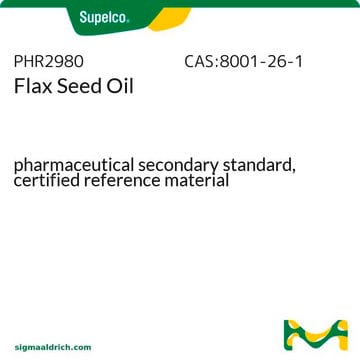F7751
Fluoxymesterone
solid (photosensitive)
Synonym(s):
11β,17β-Dihydroxy-9α-fluoro-17α-methyl-4-androsten-3-one, 9α-Fluoro-11β,17β-dihydroxy-17α-methylandrost-4-en-3-one, 9α-Fluoro-11β-hydroxy-17α-methyltestosterone
About This Item
Recommended Products
biological source
Porcine pancreas
bovine milk (other parts like skeletal muscle/bile/bone/connective tissue/skin)
microbial (Mycobacterium sp.)
form
solid (photosensitive)
drug control
USDEA Schedule III; Home Office Schedule 4.2; regulated under CDSA - not available from Sigma-Aldrich Canada
technique(s)
HPLC: suitable
gas chromatography (GC): suitable
color
white
solubility
H2O: ≤0.5 mg/mL
45% (w/v) aq 2-hydroxypropyl-β-cyclodextrin: 6.4 mg/mL
ethanol: 7.3 mg/mL
application(s)
forensics and toxicology
veterinary
shipped in
ambient
storage temp.
room temp
SMILES string
[H][C@@]12CC[C@](C)(O)[C@@]1(C)C[C@H](O)[C@@]3(F)[C@@]2([H])CCC4=CC(=O)CC[C@]34C
InChI
1S/C20H29FO3/c1-17-8-6-13(22)10-12(17)4-5-15-14-7-9-19(3,24)18(14,2)11-16(23)20(15,17)21/h10,14-16,23-24H,4-9,11H2,1-3H3/t14-,15-,16-,17-,18-,19-,20-/m0/s1
InChI key
YLRFCQOZQXIBAB-RBZZARIASA-N
Gene Information
human ... AR(367) , ESR1(2099) , PRLR(5618)
Looking for similar products? Visit Product Comparison Guide
Biochem/physiol Actions
Signal Word
Warning
Hazard Statements
Precautionary Statements
Hazard Classifications
Repr. 2
Storage Class Code
13 - Non Combustible Solids
WGK
WGK 3
Flash Point(F)
Not applicable
Flash Point(C)
Not applicable
Personal Protective Equipment
Choose from one of the most recent versions:
Already Own This Product?
Find documentation for the products that you have recently purchased in the Document Library.
Active Filters
Our team of scientists has experience in all areas of research including Life Science, Material Science, Chemical Synthesis, Chromatography, Analytical and many others.
Contact Technical Service







